On May 4, 2023, Ukraine used a U.S.-supplied Patriot battery to down a Russian Kinzhal missile, which Russian President Vladimir Putin had announced in 2018 was a “hypersonic” weapon that could overcome all existing air defense systems. Russia’s state news agency tried to maintain this claim by arguing that the shootdown was a fake report. Yet just 12 days afterward, Ukraine shot down six Kinzhals that Russia fired in an assault on Kyiv. Both shootdowns have been verified by U.S. government sources. Is this story, in which a Cold War-era defense system defeated one of Russia’s most advanced conventional systems, a sign that the hypersonic hype bubble has finally burst?
Initially, in touting the Kinzhal as a hypersonic missile and then using it against Ukraine, Russia set off a misplaced alarm regarding both Ukraine’s air defenses and its own lead over the United States in the hypersonic weapons arms race. When similar alarm bells about related capabilities were sounded during the Cold War, it rang in the myth of a missile gap, amplifying the missile arms race. Today, however, these Ukrainian interceptions have helped to further dismantle the tattered reputation of advanced Russian weapons and their ability to evade defenses. Ukraine’s defense success here may also help to correct perceptions regarding the necessity and value of hypersonic weapons, which have been touted by some as essential at any price. To aid in this, we disentangle five hypersonic myths.
1) Russian hypersonics are already here
The first part of the hype is Putin’s claim that Russian hypersonics are already here and being used on the battlefield in Ukraine. Hypersonic weapons are a broad category of missiles whose only common characteristic is that they can reach a speed of Mach 5, which the German V-2 achieved in 1944. The term “hypersonic” is now typically used just to refer to two types of weapons that are being developed through contemporary defense programs: hypersonic glide vehicles (HGVs) and hypersonic cruise missiles (HCMs). The Kinzhal is neither, as it is an air-launched ballistic missile. Moreover, Ukraine’s ability to intercept Russia’s entire volley of six Kinzhals indicates that the missile’s alleged status as a hypersonic system is at best questionable.
2) Hypersonics cannot be intercepted
HGVs and HCMs are, indeed, more difficult to intercept than ballistic missiles using current missile defenses, although hypersonics may be even more difficult to produce in the first place: The U.S. Air Force’s HGV Air-Launched Rapid Response Weapon was canceled after multiple failures during testing. The technical challenges of developing HCMs are even greater, posing serious questions about when or if the allegedly deployed Russian HCMs were tested sufficiently or will be useful. Moreover, interception of even these bleeding-edge weapons isn’t impossible. Existing missile defenses can already intercept missiles traveling far faster than HGVs or HCMs, and could be adapted to intercept hypersonic missiles as well. A satellite constellation to track HGVs is planned to be in orbit by 2025. Moreover, as of 2022, the U.S. Aegis sea-based terminal defense system already had a nascent capability to counter hypersonics.
3) The United States is behind on hypersonics development
The United States appears to be well ahead of Russia and China in its ability to defend against hypersonics. However, if one measures success by allegedly deployed offensive hypersonic systems, the United States is indeed behind. But that would be like measuring the success of the Chinese military’s adoption of artificial intelligence by announcements made at the National Congress of the Chinese Communist Party.
We do know a great deal about how well-tested China’s and Russia’s HGV systems are since they are launched from easily-detected ballistic missiles; the open-source community alone has reported on numerous Chinese and Russian HGV tests. While some Chinese HGV systems have been tested frequently, the Russian ones have not, and reactions to both have been hyped. For example, some technological developments that have been presented as novel are simply not: Although China made international news in July 2021 by testing an HGV that was also a fractional orbital bombardment system (FOBS), an “exotic” hypersonic weapon allegedly capable of flying around the world and carrying a nuclear warhead; FOBS is an old technology that was first developed and deployed by the Soviet Union in the 1960s. Similarly, while the Russians have tested their Avangard HGV four times (with one failure), it is unclear whether this is (or should be) sufficient to qualify as fielding the system. Russia’s Zircon HCM allegedly has a suspiciously perfect test track record, but also suffers from inherent limitations of existing HCM technologies. Rather than being genuinely “behind,” the United States’ more cautious approach to its own programs and statements about them likely reflects its reticence to field insufficiently tested systems.
4) Hypersonics threaten strategic stability
There is also a question as to whether being “behind” in the development of novel hypersonic capabilities actually matters — whether an asymmetry disrupts a fragile stability. China and Russia already possess sufficient intercontinental ballistic missile capabilities to swamp U.S. missile defenses, and so the marginal added value of an additional system that can overcome the same defenses is questionable. Moreover, a recent Congressional Budget Office report found limited roles in which hypersonics would clearly be superior to other extant weapons systems, noted that they are more expensive than other options, and questioned whether hypersonics were more survivable. Determining whether hypersonics will cause a net increase or decrease in incentives to strike first is highly contingent; current plans and deployments do not appear to do so. It is possible that future developments will change this equation but predicting the future of strategic stability is speculative rather than a basis for engaging in another arms race.
5) Arms control for hypersonics is useless
A three-way hypersonics arms race appears to be gathering steam between China, Russia, and the United States. China’s heavy investment in hypersonics appears to be in reaction to the United States’ development of hypersonics, indicating a security dilemma dynamic that is ripe for arms control measures. Given the unclear long-term implications for strategic stability, the technical difficulties with engineering and deploying such systems, the apparent security dilemma dynamics, and the expense of doing so, arms control has a clear role to play here.
Rather than being trapped by narrower notions of arms control, we should think about creative solutions. Simple, easily verifiable measures such as a moratorium on testing hypersonic glide vehicles would help to cool off this race to nowhere; since China believes it is ahead in offensive hypersonics development, this may be a rare issue on which they would prefer to lock in that lead. While Russia is busy tearing up arms control treaties and, therefore, unlikely to participate, it is also subject to severe sanctions and engulfed in a conflict that makes it difficult for Russia to mount a hypersonics program capable of besting the United States’ right now. Confidence-building measures that address deployments which threaten strategic stability, such as clear separation of nuclear and non-nuclear forces, would also be attractive to all parties, since they require no reductions but could nonetheless prove stabilizing. Quantitative limitations, possibly in the form of asymmetric arms control for hypersonics in which parties accept different reductions or ceilings for forces or exchange one weapon for a different kind of weapon, which have a history of success where symmetrical reductions failed, might also be more tolerable and could prevent costs from rapidly spiraling out of control. But none of these measures can have a chance while we remain under the sway of the hypersonic hype.
Thus, reporting of Ukraine’s shootdown of Russian hypersonics tells only a partial truth. Russian hypersonic missiles do not yet pose the dire threat to Western interests that has been so breathlessly reported in the media. This makes it an opportune time to invest in defenses and allocate resources to arms control — before the real Russian hypersonic threat emerges.
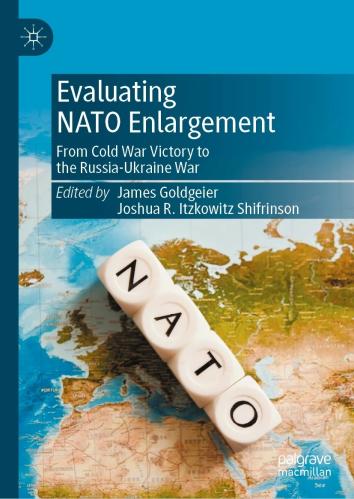

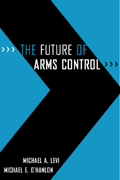
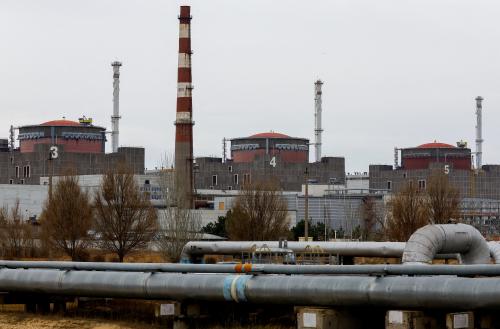
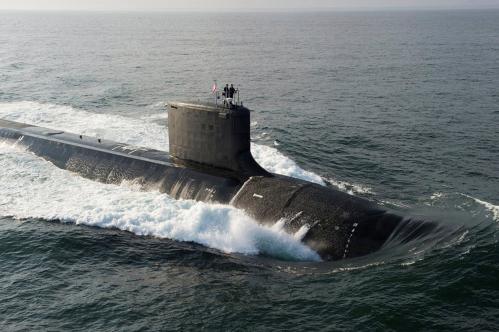
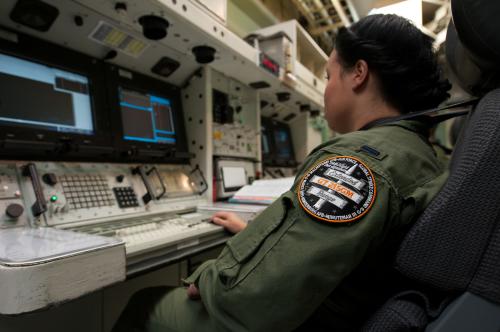




Commentary
Ukraine and the Kinzhal: Don’t believe the hypersonic hype
May 23, 2023